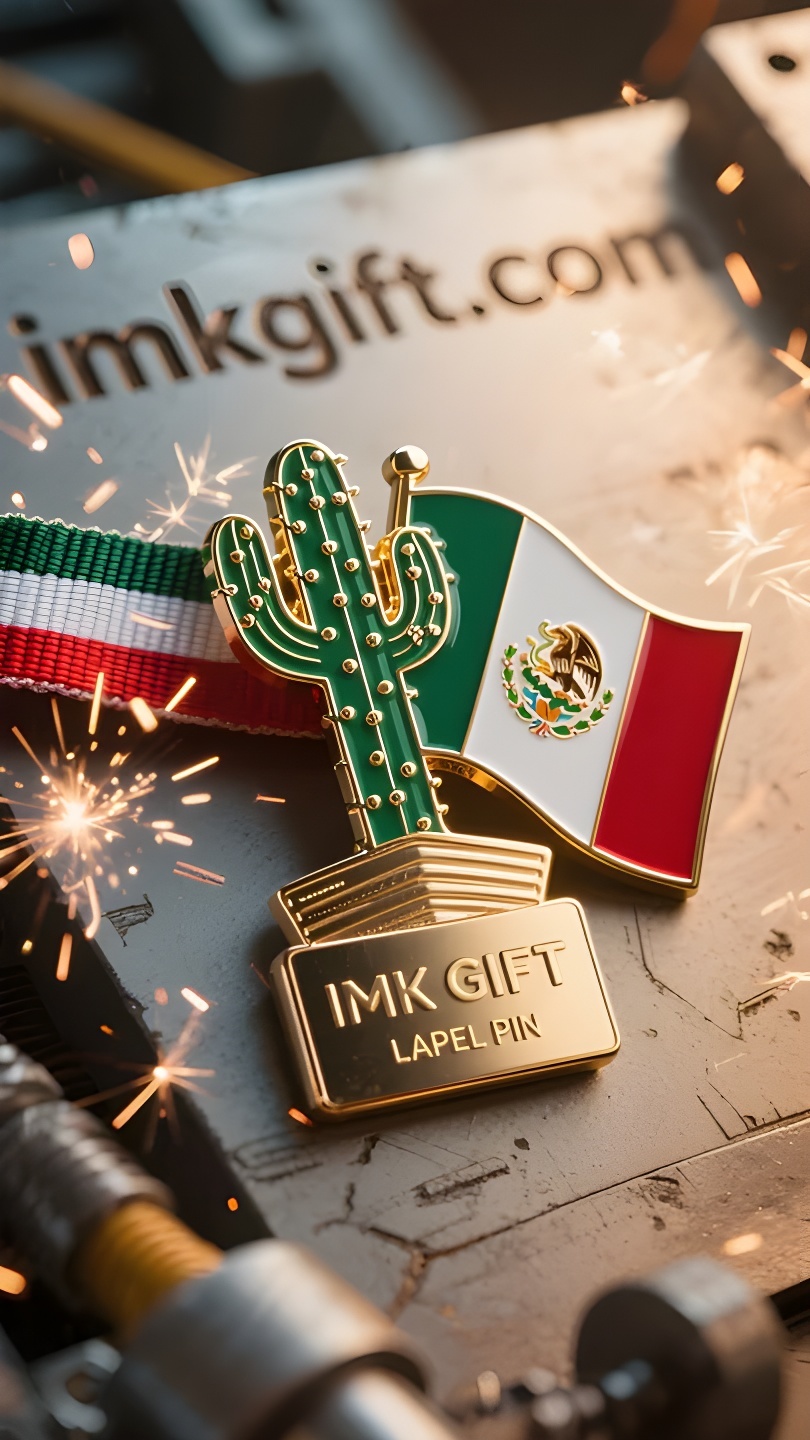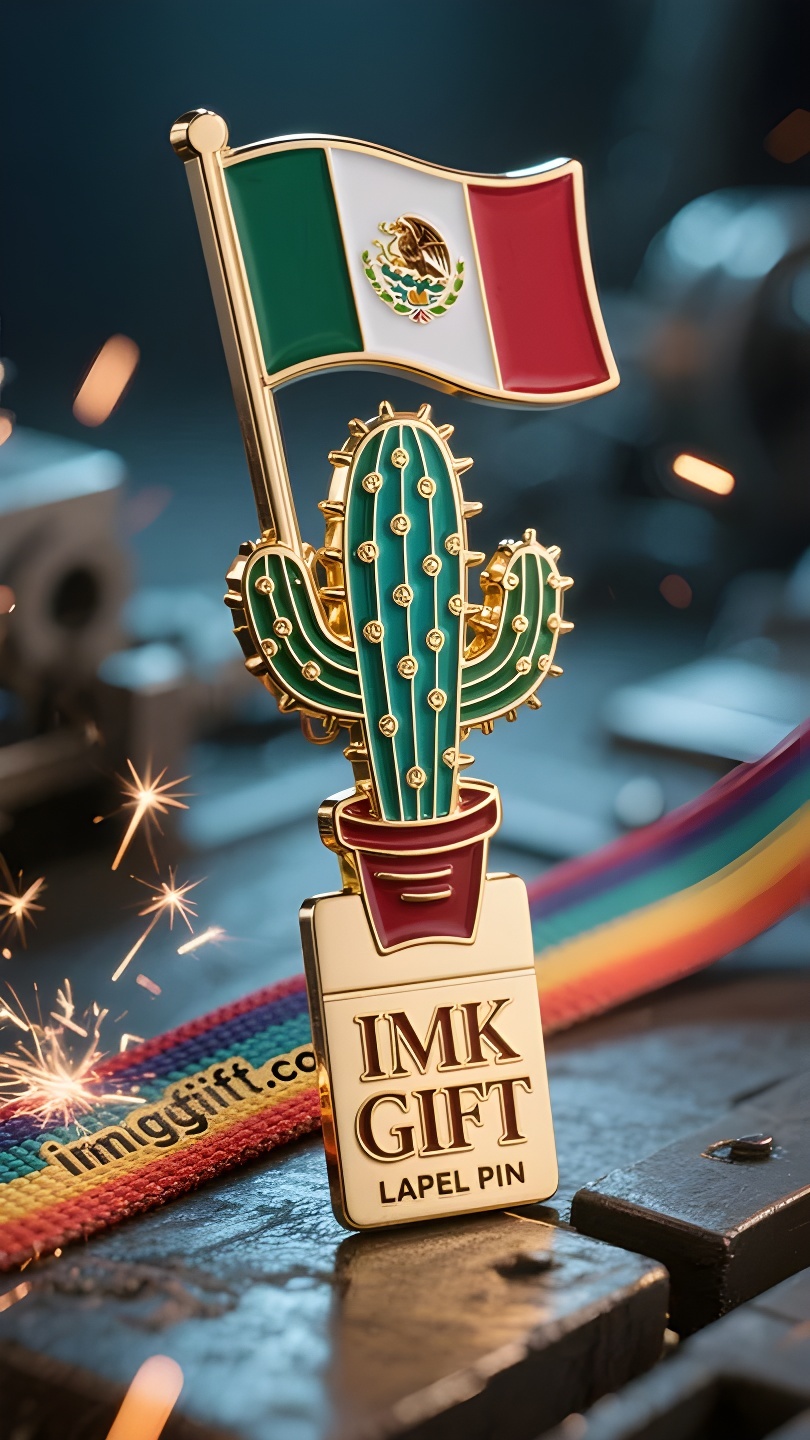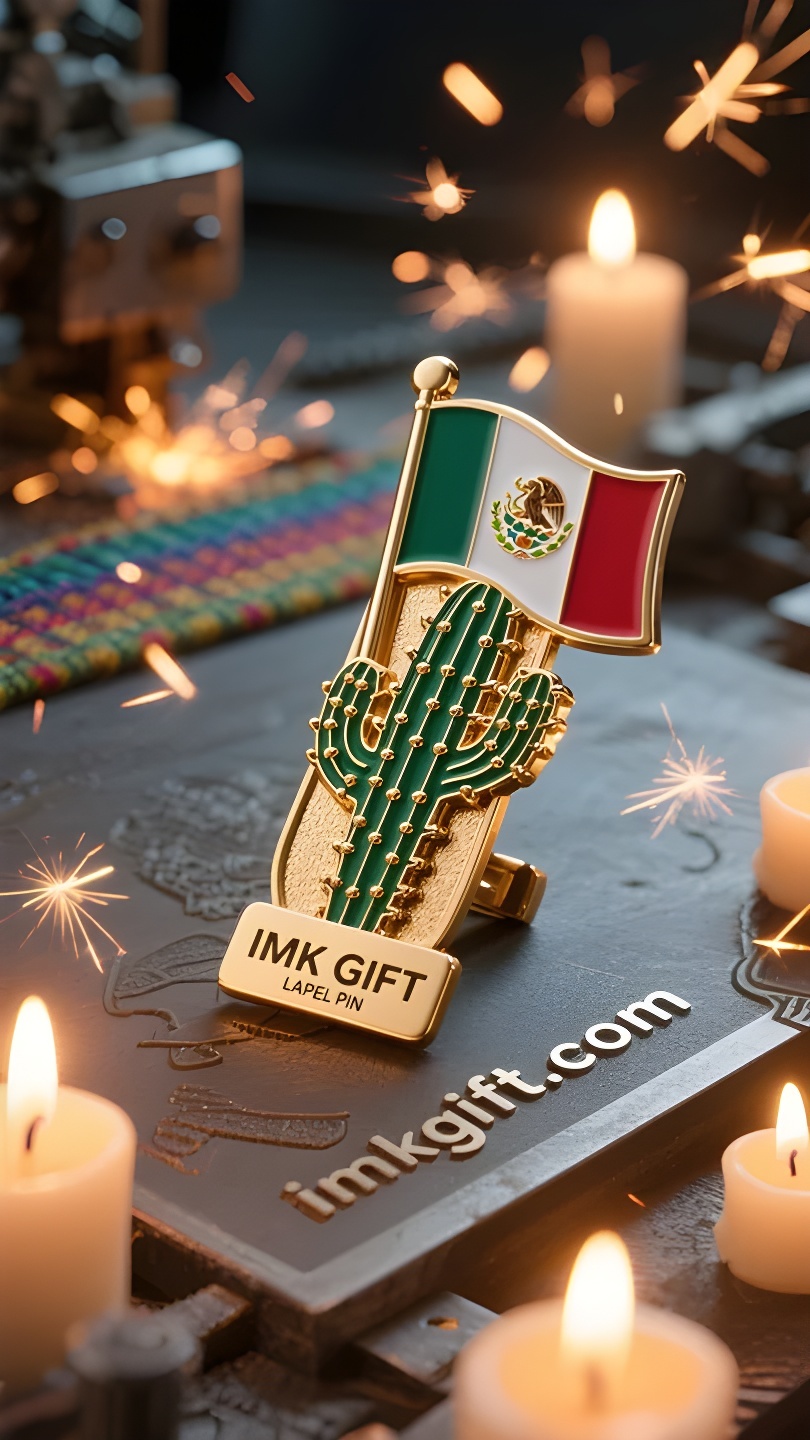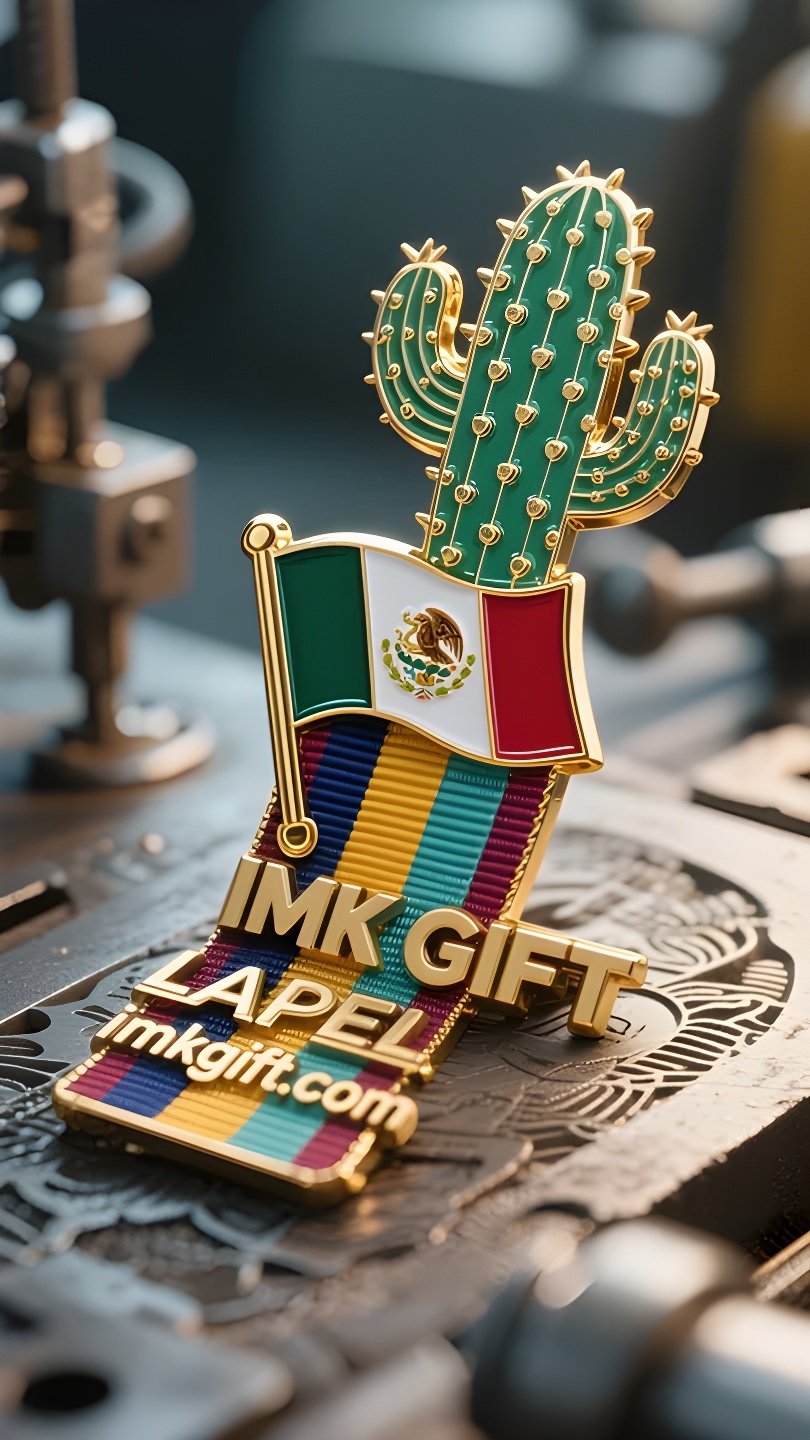in994-Marcadores-de-Cactus-Un-Mapa-de-Esperanza-en-la-Adversidad
▼
El resplandor del carnaval del Día de la Independencia de México en septiembre aún persiste, y la orgullosa águila y el cactus en la bandera nacional roja, blanca y verde hablan del espíritu inquebrantable de esta tierra. Cuenta la leyenda que los aztecas, bajo la guía de los dioses, construyeron la ciudad de Tenochtitlán después de ver la asombrosa visión de un águila sosteniendo una serpiente sobre un cactus. Este cactus enraizado en las grietas de las rocas no sólo es un símbolo nacional, sino también un tótem de vida grabado en la sangre de los mexicanos. Hoy en día, los marcapáginas con forma de cactus recubiertos de cobre se están volviendo cada vez más populares. Las agujas de cada marcapáginas están pulidas a mano, conservando su textura original y convirtiéndose en una marca suave que toca el papel. Como decía el escritor mexicano Paz: “Siempre reconstruimos nuestras casas sobre las ruinas”. Aquellas tierras espinosas que los colonos consideraban estériles acabaron dando origen a las flores de la civilización. Cada línea del marcapáginas en forma de cactus es un recordatorio: las espinas más afiladas suelen envolver los acuíferos más abundantes. Cuando tus dedos recorren la textura irregular del marcapáginas, sientes como si estuvieras tocando los ladrillos del Monumento a los Jóvenes Héroes de Chapultepec. Durante la guerra entre México y Estados Unidos en 1847, seis cadetes de la academia militar prefirieron morir antes que arriar la bandera nacional, usando sus vidas para interpretar que “la tierra podrá ser conquistada, pero la dignidad nunca caerá”. Este pequeño marcapáginas es como un cartel insertado en los pliegues del tiempo, marcando la posibilidad de salir de toda situación desesperada. Lo que se esconde entre las páginas del libro no es sólo el progreso de la lectura, sino también un memorando de coraje para superar el sufrimiento. Cuando la vida quema el alma como un desierto, que todos seamos como los cactus del desierto, marcando esperanza en las grietas de las rocas, esperando el milagro de la temporada de lluvias.
The afterglow of Mexico’s September Independence Day carnival has not yet faded. The proud eagle and cactus on the red, white and green national flag are telling the unyielding spirit of this land. Legend has it that under the guidance of the gods, the Aztecs saw the wonder of an eagle holding a snake on a cactus, and then built the city of Tenochtitlan. This cactus rooted in the cracks of the rock is not only a national symbol, but also a life totem engraved in the blood of Mexicans. Nowadays, bookmarks in the shape of copper-plated cacti are quietly popular. The thorns of each bookmark are hand-polished, which not only retains the original wildness, but also becomes a gentle mark that touches the paper. As the Mexican writer Paz said: “We always rebuild our homes on ruins.” Those thorny lands that were once regarded as barren by colonists eventually gave birth to the flowers of civilization. Every line of the cactus bookmark reminds you that the sharpest thorns are often wrapped in the most abundant aquifers. When fingers pass over the uneven texture of the bookmark, it seems as if they are touching the bricks and stones of the Chapultepec Young Heroes Monument. In the Mexican-American War of 1847, six military academy cadets preferred death to lowering the national flag, interpreting with their lives that “the land may be conquered, but dignity will never fall.” This small bookmark is like a signpost inserted in the folds of time, marking the possibility of breaking out of every desperate situation. What is sandwiched between the pages of the book is not only the progress of reading, but also a memorandum of courage to go through suffering. When life burns the soul like a desert, may we all be like desert cacti, marking hope in the cracks of the rocks, waiting for the miracle of the rainy season.
墨西哥九月独立日的狂欢余韵未散,一面红白绿三色国旗上昂首的雄鹰与仙人掌,正诉说着这片土地永不屈服的精神。传说阿兹特克人在众神指引下,见到仙人掌上雄鹰衔蛇的奇景,才建立起特诺奇蒂特兰城。这株扎根岩缝的仙人掌,不仅是国家象征,更成为墨西哥人刻入血脉的生命图腾。
如今,以镀铜仙人掌为造型的书签正悄然流行。每一枚书签的刺针都经过手工打磨,既保留了原始野性,又化作抚触纸页的温柔标记。正如墨西哥作家帕斯所言:”我们总在废墟上重建家园”,那些曾被殖民者视为荒芜的荆棘之地,最终孕育出文明之花。仙人掌书签的每道纹路都在提醒:最锋利的刺,往往包裹着最丰沛的蓄水层。
当手指掠过书签凹凸的肌理,仿佛触摸到查普尔特佩克少年英雄纪念碑的砖石。1847年美墨战争中,六位军校学员宁死不愿降下国旗,用生命诠释了”土地或许会被征服,但尊严永不陷落”。这枚小小的书签,恰似插在时光褶皱里的路标,标记着每个绝境中破土而出的可能性。
夹在书页间的不仅是阅读进度,更是一份穿越苦难的勇气备忘录。当生活如荒漠般炙烤灵魂时,愿我们都能像沙漠仙人掌般,在岩缝中标记希望,等待雨季来临的奇迹。
▼
Contact Us
📞 Tel: +0086-760-85286839
📧 Email: sales3@imkgift.com








